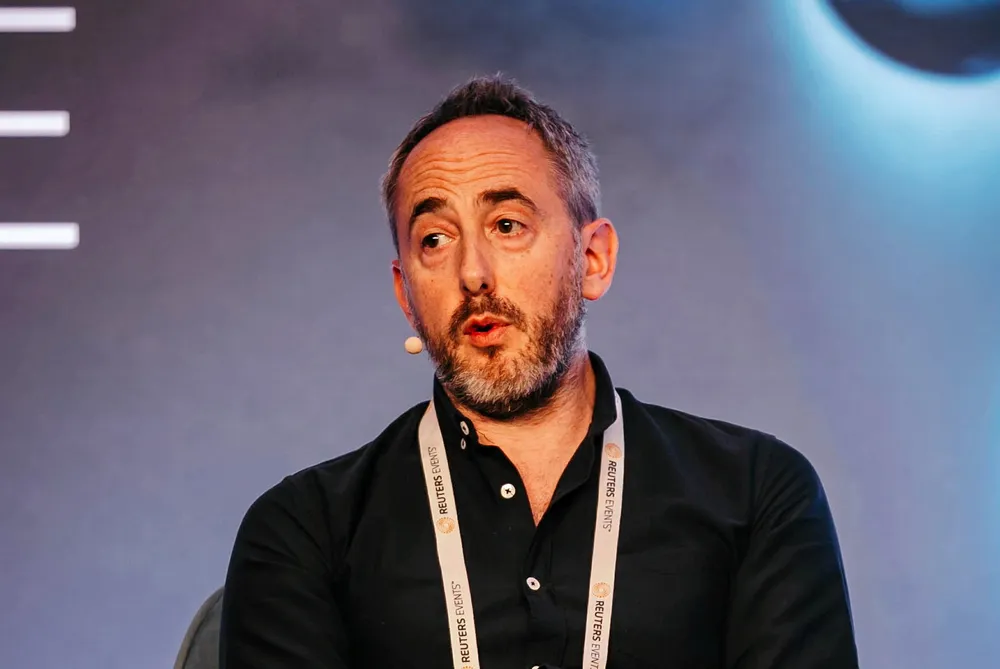'We are ready to take a final investment decision on the first blue hydrogen project in the UK this year'
CEO of developer EET hints to Hydrogen Insight that blue H2 set to receive government subsidies is 'considerably cheaper' than green — but still 'more expensive than first thought'
